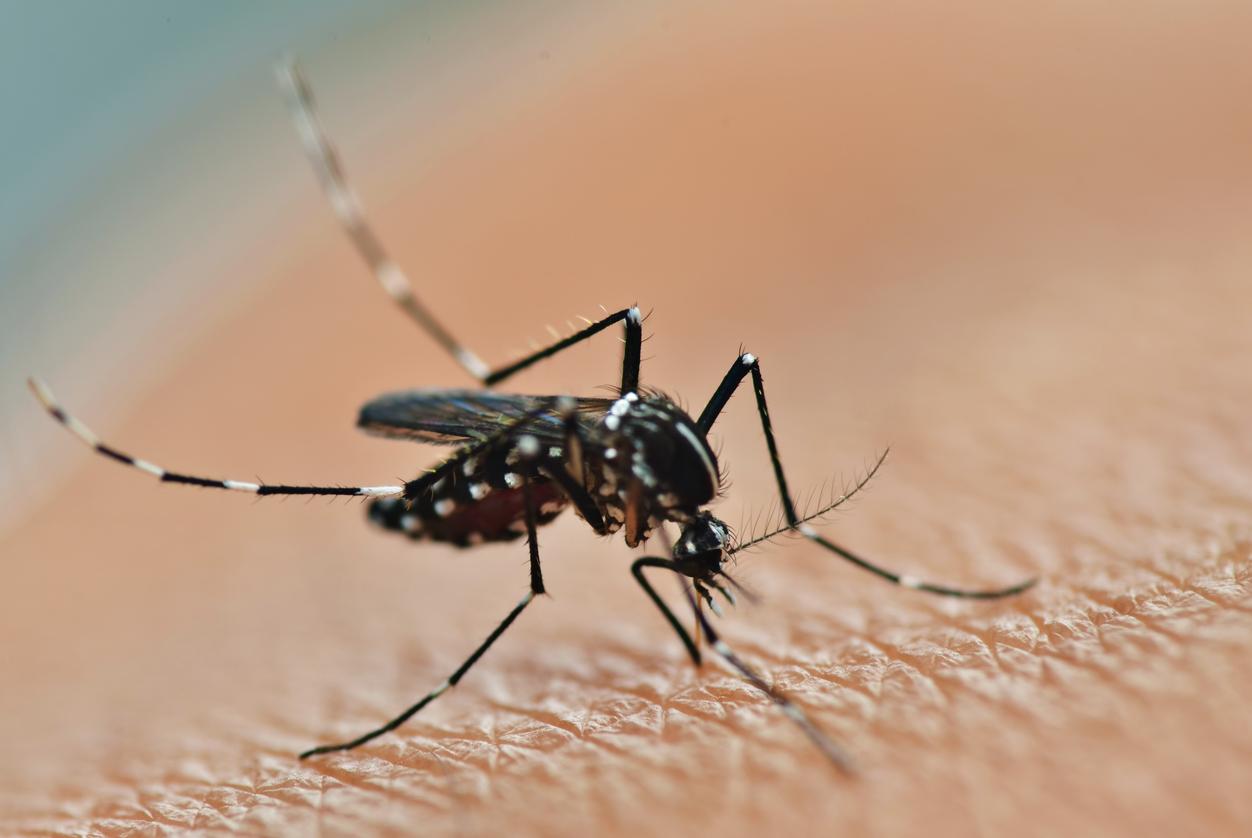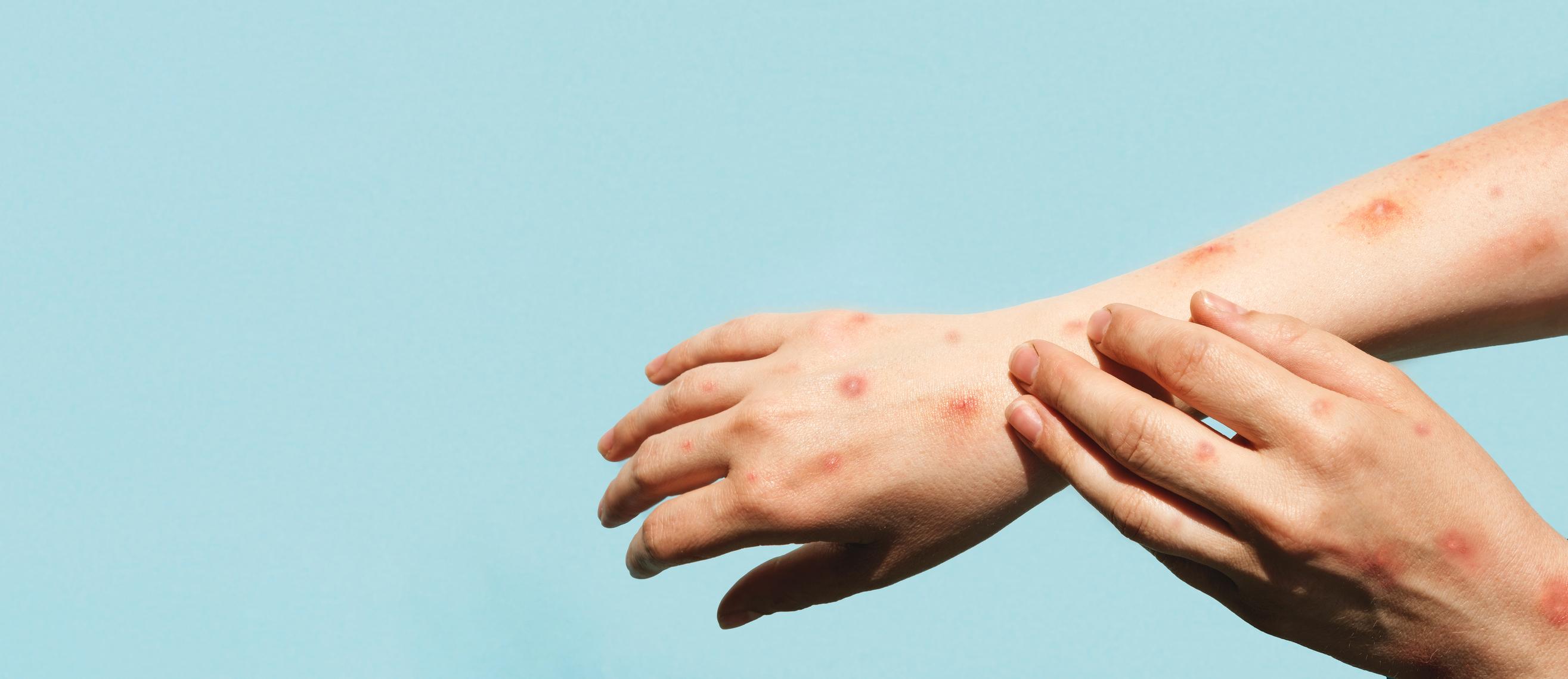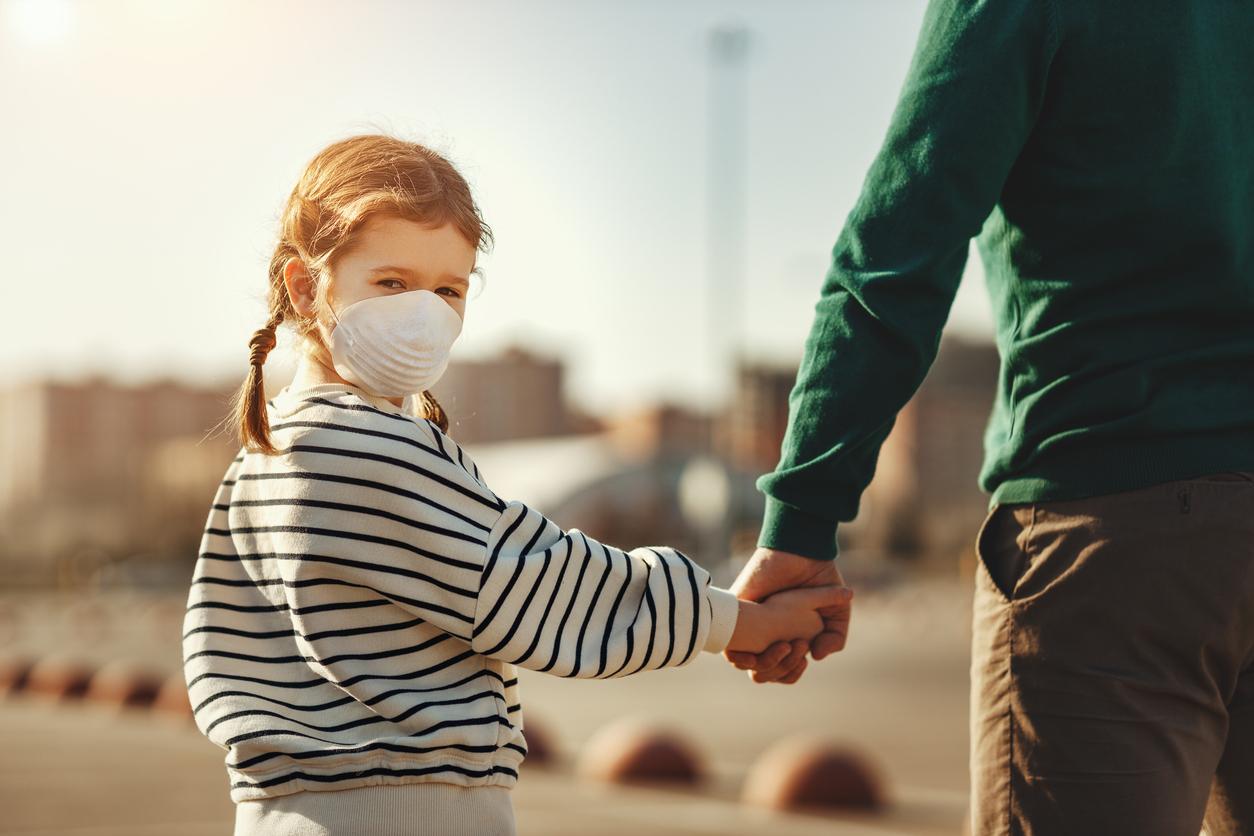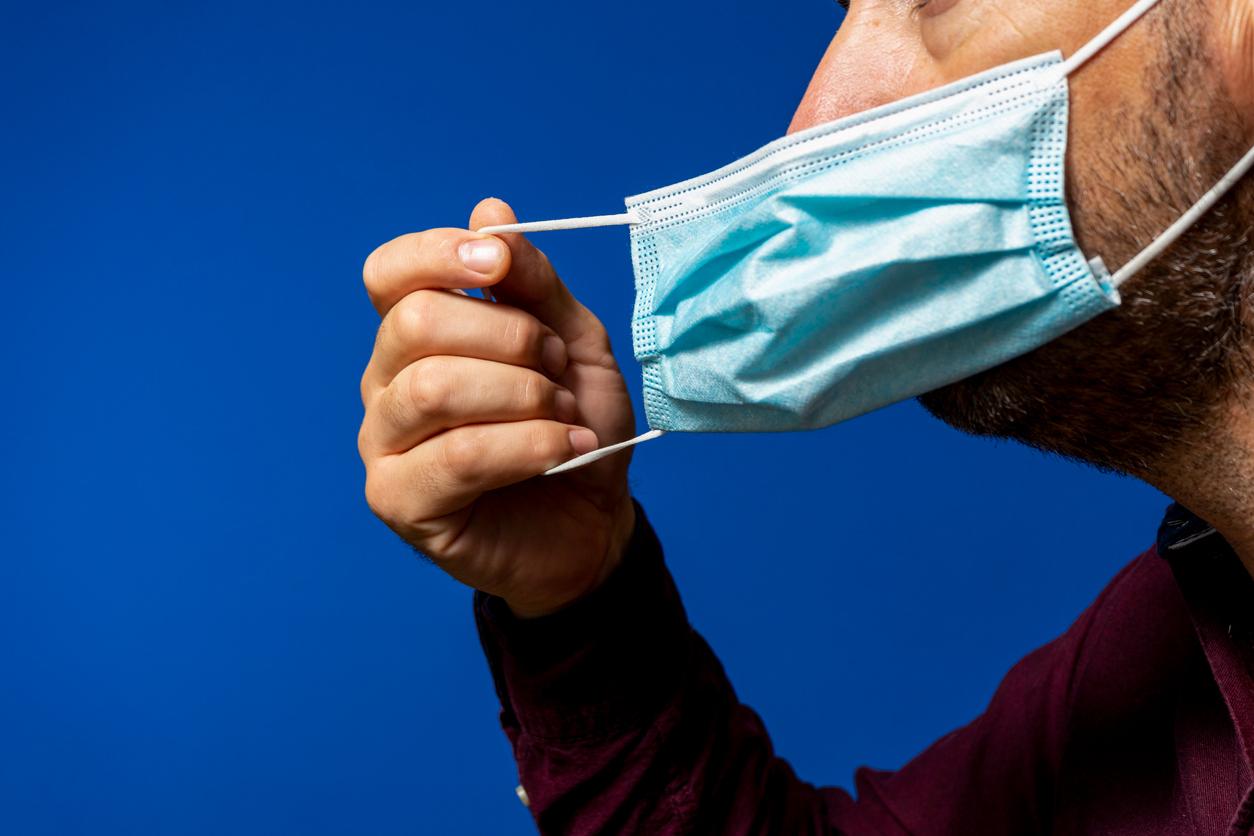This Sunday, September 5, 2021, a 12-year-old boy died in the state of Kerala (in India) after being infected with the Nipah virus. Kerala is currently “on alert“facing a risk of”potential epidemicof the Nipah virus, according to the Associated Press.
Nipah virus: what exactly are we talking about?
The Nipah virus was first identified in 1999 in Malaysia: it now circulates in Asia, and in particular in Bangladesh (where there is an epidemic outbreak approximately every year), India, Cambodia, the Philippines and Thailand .
To know. Nipah virus belongs to the family of Paramyxoviridae – such as the mumps virus or the measles virus.
Nipah virus: how is it transmitted? This virus is transmitted to humans by bats, via contaminated droppings or saliva which can infect food; sometimes bats can also infect animals (pigs, for example) and these then help to transmit the virus. There could also be human-to-human transmission – however this is still poorly understood.
Thus, during the Nipah virus epidemic which took place in Malaysia and Singapore in 1999, 300 cases and a hundred deaths were recorded; approximately 1 million infected pigs were culled to control disease transmission.
Nipah virus: what are the symptoms?
Nipah virus: is it serious? Yes. According to the Institut Pasteur, the mortality rate in the event of infection by the Nipah virus is greater than 70%. And according to the World Health Organization (WHO), this virus constitutes “an emerging infectious agent likely to trigger severe epidemics if it were to evolve to become more transmissible“. Fortunately, only about twenty cases of Nipah virus infection are recorded each year in the world.
The severity of Nipah virus infection is obviously variable: “in the infected person, the virus causes illness ranging from asymptomatic infection to acute respiratory infection or even fatal encephalitis“says the WHO.
After an incubation period (i.e. the time between viral infection and the appearance of the first signs of the disease) of between 4 and 20 days, the following symptoms may appear:
- Fever,
- headaches (headaches),
- Muscle pain (myalgia),
- Vomitings,
- sore throat,
- Respiratory disorders (even difficult breathing),
- Neurological disorders: dizziness, loss of consciousness, drowsiness, seizures…
To know. Neurological sequelae (such as persistent seizures, or personality or mood disorders) occur in approximately 20% of surviving patients.
Nipah virus: how is it diagnosed and what are the treatments?
Diagnostic. Unfortunately, the Nipah virus is still poorly known to this day. The diagnostic methods are therefore based on performing PCR tests and isolating the virus on cell culture. Nipah virus infection can be mistaken for viral encephalitis or the flu.
Treatments. There is currently no vaccine or effective treatment for the Nipah virus,”although the disease is on the WHO list of priority diseases under the Blueprint for Research and Development“. As the WHO clarifies, “intensive supportive care is recommended to treat severe respiratory and neurological complications“.
Sources:
Read also :
- Animals carry 320,000 new viruses
- Ebola: bats could be the cause of the epidemic
- Tick-borne encephalitis: what are the symptoms and how to protect yourself?


















